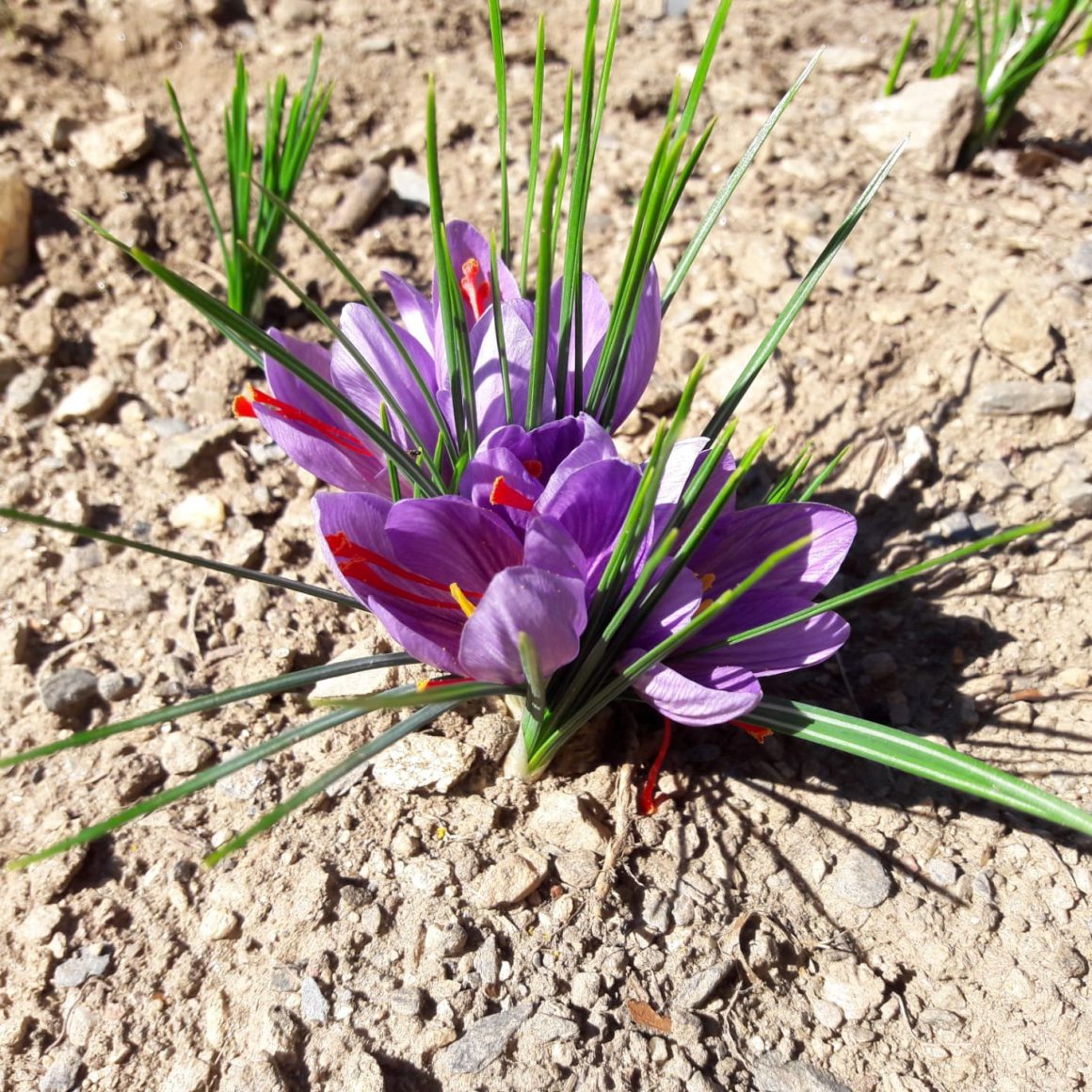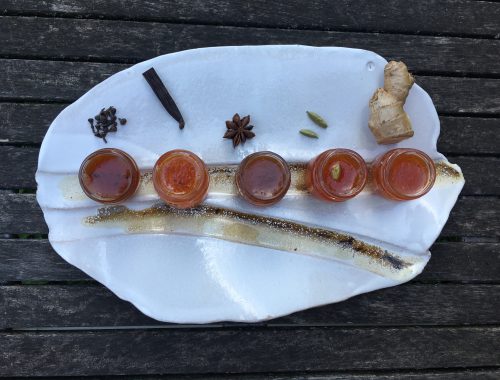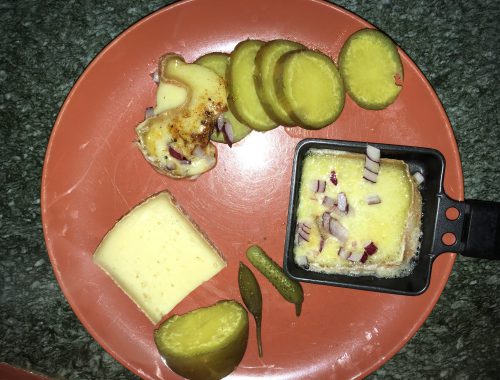
Saffran – Samanthas local plantation
Samantha
Today I met up with Samantha, whom I have known for a long time, Fernanda’s daughter, who sold her honey on the market for many years. Last year Fernanda told me that Samantha has a saffron plantation. Of course, this made me curious and I asked Samantha if I could ask her a few questions. And so we met today.
Three years ago, in 2016, she started this project with four friends
They planted 7500 saffron nodules on a field the size of half a soccer field. Friends and family actively helped. They even developed and built their own “dibble”, which enables them to make eight holes at once. Around this saffron project, a nice community has created itself, many people from the village help her and older people come and regularly check how far the plants have grown.
It was really interesting to listen to Samantha as she explained many details about the life cycle of saffron to me. Saffron is produced from Crocus sativus, which doesn’t bloom in spring but in autumn.
That’s why this flower is very popular with wild animals such as deer. Today, Samantha has unfortunately made a terrible discovery; about 400 tubers were dug up during the night, probably by wild animals.
Saffron has its own life cycle
From one bulb of Crocus sativus one flower will grow in the first year, while in the later years, thanks to the reproduction of the bulbs, there can be up to five or six flowers. In fact, new bulbs grow from the mother bulb, this way they multiply. Every three years the bulbs have to be dug up. Then they are cleaned, i.e. the very small offspring have to be removed and the somewhat larger, promising ones, which then produce flowers, are replanted. In June they are dug out, cleaned and put back in August. The flowering time and therefore the harvest time is from October to November. Each flower blooms only one day. This means that during the flowering season the blooming flowers have to be picked every day. The leaves of the plant then continue to grow long and will turn yellow until they wither around May and June. The leaves nourish the plant. Otherwise, the Crocus sativus plants do not have particularly high demands. They love dry, well-drained soils. They don’t like water at all and don’t need to be watered.
Each flower has three saffron threads that have to be plucked by hand. They must then be dried immediately. Samantha and her friends do this on an electric dryer.
This is a tricky matter, the drying takes only about 15 – 20 minutes. And of course, the temperature must be under control at all times in order to avoid toasting or burning the fine threads. During the drying process, the threads lose about 90% of their moisture, and thus, of course, a lot of their weight.
With all this manual work, the high price of saffron becomes quite obvious.
Samantha and her friends give away a large part of their harvest, especially to all the dear friends who help them with all the work. What is left is sold. And all those who have already tasted this special, wonderful Ticino saffron can’t wait until autumn when the new harvest is available!
Thank you Samantha, for the nice conversation and all the information and fotos you generously gave me.
I wish you and your friends continued success and joy with this project!




